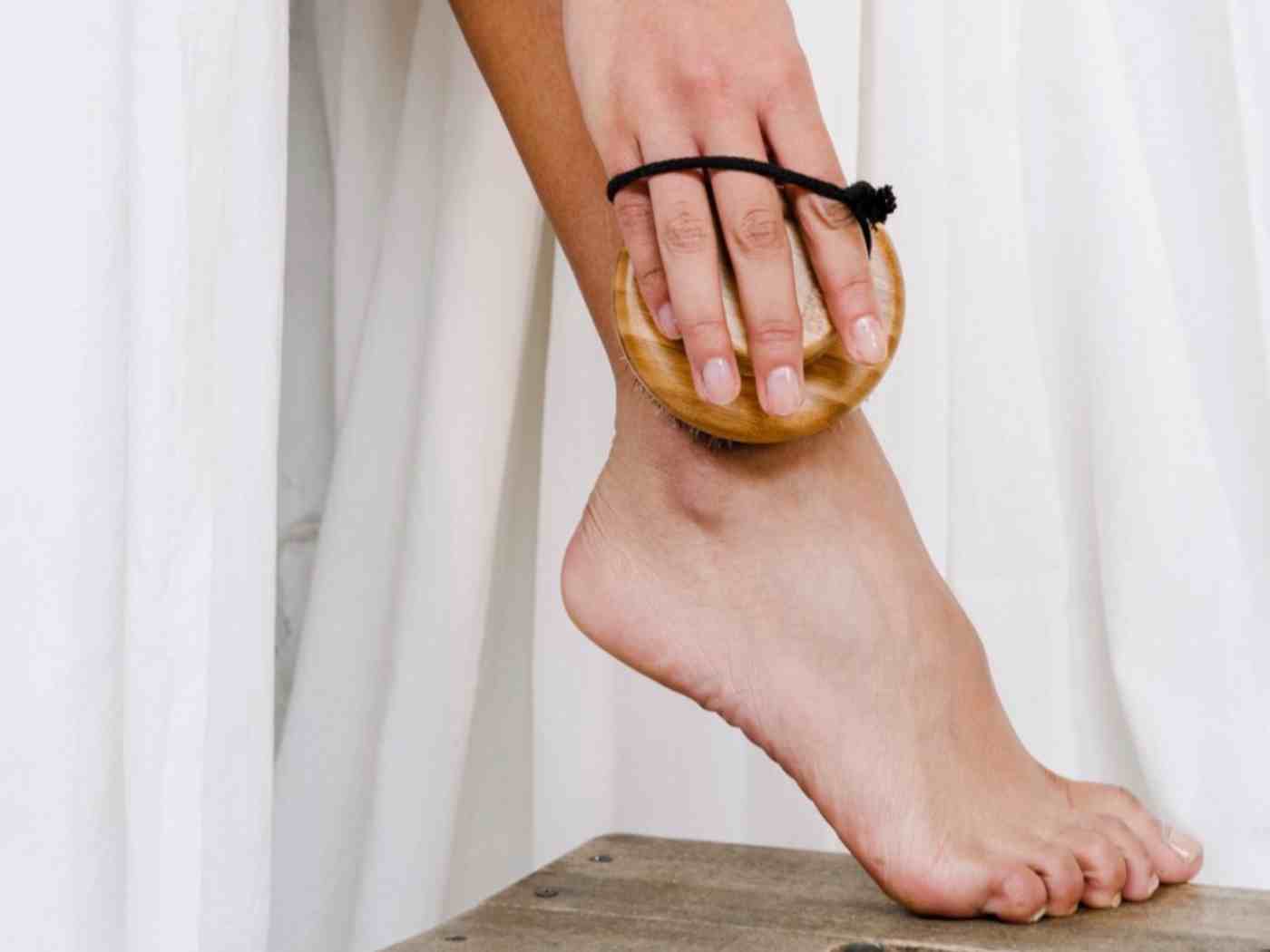The Art of Napping

It’s the middle of the afternoon, and you’re tired and sluggish. Do you reach for that second or third (ok, fifth) cup of coffee to get you through the rest of the day? Or do you head for the warmth of your cozy bed for a midday snooze? Both solutions will perk you up, but napping might be the better option, so the research says.
While caffeine may give you the energy you need, daytime naps come with even more benefits for your brain and mood.
But just like everything, there’s an art to healthy napping. To get the most out of your short slumber - and to avoid ending up worse off - you’ll want to follow certain guidelines.
In this blog post, you’ll find out everything you need to know about napping, including the benefits and how to take the perfect nap to get the most out of it.
Should I be taking naps?

Sleep is a challenge for millions of people. According to the American Sleep Apnea Association, 50 to 70 million Americans have a sleep disorder, and there are at least 80 different types of them. Also, the CDC reports that 1 in 3 people say they don’t get enough sleep.
What is the right amount of sleep? Experts tell us we need 7-9 hours of sleep each night to be healthy, happy adults. With a lack of quality sleep, we have a hard time functioning during the day due to feeling groggy, irritable, and unable to concentrate.
Worse yet, when we’re not getting enough sleep for days or weeks in a row, sleep deprivation sets in. Chronic sleep deprivation is linked to a wide range of health problems, including heart disease, diabetes, obesity, anxiety, and depression.
With most of us leading ultra-busy lives that require staying alert all day long, feeling groggy and out of sorts can make it nearly impossible to keep up. So it’s no wonder we feel like lying down for a quick snooze sometimes.
In a perfect world, we would all sleep the recommended hours every night to keep alert and stay healthy.
But clearly, this isn’t as easy as it seems. Mid-day sleep bouts are one way to counteract the effects of insufficient sleep and sleep deprivation.
If you feel like you don’t get sufficient sleep and have trouble functioning throughout the day, then you should consider taking naps.
What are the benefits of a good nap?

Napping might not be for everyone, but a variety of studies show that it can improve your overall health and well-being. If napping is your thing, here’s what you’ll gain.
1. Improved Brain Function
Sleep is crucial for a healthy working mind. And sleeping for a short time during the day can help boost your brain’s power, according to this study review.
Cognitive traits such as alertness, the ability to perform tasks, and memory were all shown to improve with daytime napping.
Another study found that students who napped could retain information for longer than if they didn’t rest and instead kept cramming information into their brains.
So it might be a good idea to take a break for some shut-eye next time you’re studying for an exam.
2. Reduced Stress
If we don’t get a good night’s sleep, our stress levels can easily rise. And stress can wreak havoc on our health.
Taking 30-minute-long naps may help to ease stress in people who experience sleep debt.
Try taking a short snooze to calm yourself down when stress gets the best of you.
3. Improved Immune Function
The same study found that napping can be beneficial for immune health too.
In a group of sleep-deprived people, a biomarker for immune system function was tested before and after naps and was noticeably lower after the snooze.
A good indication that napping might help you avoid getting sick.
4. Better Mood
Do naps make you happier? The research says yes.
Napping was shown to improve mood and allow for better emotional control in a study with 40 participants.
So next time you’re feeling down or upset, try napping for a more positive outlook.
5. Increased Energy
A nap (unless you’re a die-hard coffee fan) often comes to mind when we’re simply too tired to keep going.
So it’s encouraging news that science supports the idea that napping can indeed help you fight fatigue and re-energize you.
How long should a nap be?

Most people think of a nap as a quick way to re-energize. It’s the main idea behind the classic “power nap.”
But research shows that there may be benefits to both short naps and longer naps.
Either way, the goal is to avoid feeling groggy after taking a nap.
Lying down for a quick snooze lasting about 10 to 20 minutes is shown to be the perfect amount for most people to feel alert and awake again.
This allows you to enter the first stages of sleep but not reach the deeper stages of sleep that are harder to wake up from.
On the other hand, research involving chronically sleep-deprived athletes showed that naps lasting 90 minutes resulted in the most significant improvements in cognitive and physical performance.
Older adults, who take more naps than other age groups, enjoy better health if they nap for 30 minutes compared to napping for more than 90 minutes.
Ultimately, the length of time you nap should be specific to your needs and what works best to help you get through your day with more pep in your step.
Can napping be harmful?
Naps are not considered harmful to your health, but some studies have shown a correlation between napping and poorer health.
For example, a recent observational study connects higher blood pressure and stroke risk to napping. But this isn’t a cause for concern.
The researchers attribute this to the fact that people who nap are not getting enough sleep at night. So the lack of overall sleep is likely the culprit.
It’s always best to try getting all the sleep we need at night so we can glide through the day with ease, but a nap can be a useful tool when that’s not possible.
What is “sleep inertia”?

If we’re not careful, a short daytime nap can turn into an all-day sleepfest. When we snooze long enough to fall into the later stages of sleep, we may have gone too far into a deep sleep to wake up feeling revived and refreshed.
That groggy, fuzzy feeling we can have after napping too long is called “sleep inertia.”
We ideally want to prevent this from happening because it defeats the purpose of taking a nap in the first place. Plus, it could interfere with healthy sleep at night.
What are the best tips for taking a perfect nap?
If you want the best outcome from a daytime doze, you’ll want to follow the advice of those in the know.
Lying down and hoping for the best might not work out the way you planned. A little preparation will make a nap worth your while.
Here’s some advice from the experts at the Sleep Foundation:
1. Find a comfortable spot
A good nap location is one that’s dark, quiet, and cool. Draw the curtains (blackout curtains are best) and close the door if necessary.
It also helps to nap where you're out of reach of interruptions. And keeping your phone on mute or in another room is key for the best nap.
If you don’t have the perfect conditions, you can also use an eye mask and earplugs to help shut out your surroundings.
2. Set an alarm clock
To avoid sleeping for hours on end and then feeling unrested, set an alarm clock for 10-20 minutes. With an alarm set, you’ll have an easier time falling asleep since you won’t be worried about waking up on time.
When the alarm goes off, get up and move around right away. Hitting snooze might be tempting, but it could be counterproductive.
Take advantage of the newfound energy and get on with your day!
3. Nap before 3 p.m.
Experts agree the best time to take a nap is before 3 p.m. Early afternoon naps are better because they’re less likely to affect your nighttime sleep.
We’re typically the most tired right after noon during our “food coma” or “post-lunch dip,” so this time might work best.
4. Clear your mind
Anxiety and stress can prevent you from enjoying a midday catnap. If your mind is racing, consider doing a few deep breathing exercises or a short meditation to help you doze off.
These techniques will improve oxygen flow and calm your heart rate so you can easily drift off to sleep and catch a few much-needed midday zzz’s.
What is a "caffeine nap"?

For those of us who can't decide whether to have that second cup of joe or take a nap, there is another option. You can do both!
How is this possible? It might sound a bit crazy, but caffeinating right before you lie down for a nap can actually help you feel more refreshed when you wake up.
The caffeine takes about 20-30 minutes to reach your brain, so you have time to fall asleep before it kicks in. Then when you wake, you'll have that extra boost to get you going.
It's counterintuitive, but research has shown that caffeine naps are effective and may even be more productive than naps with no caffeine. It just might be the best of both worlds.
One trick to making it work is to take your caffeine quickly. If you aren't in the mood for guzzling down a tall hot drink, try iced coffee or a shot of espresso instead.
The Bottom Line...
Feeling fatigued during the day can slow us down, increase our stress, and make us downright cranky. But all is not lost.
Beating daytime sleepiness might be as simple as lying down to take a quick nap to get us going again. Naps can improve our energy, memory, mood, and overall health if we follow the sound advice of sleep professionals.
While nothing beats getting a good night's sleep, naps can help. I guess you don’t always lose if you snooze after all!



